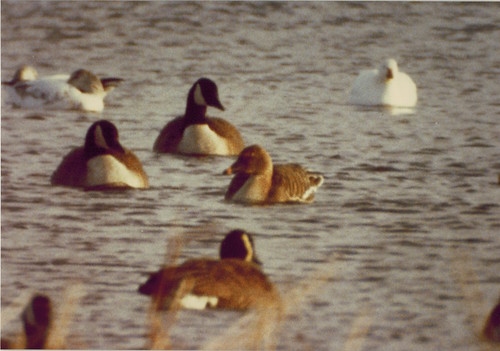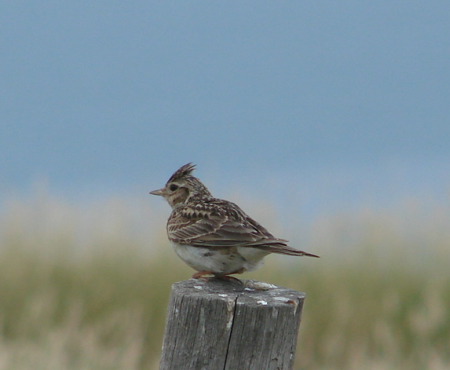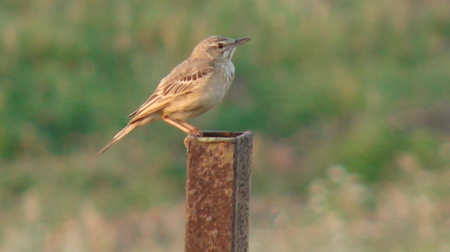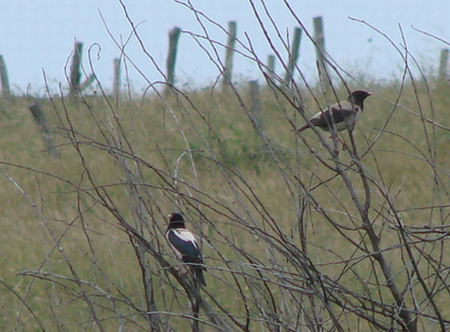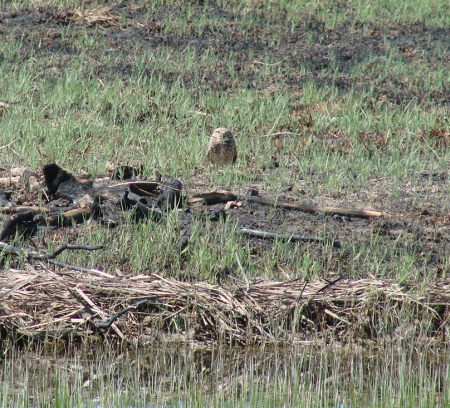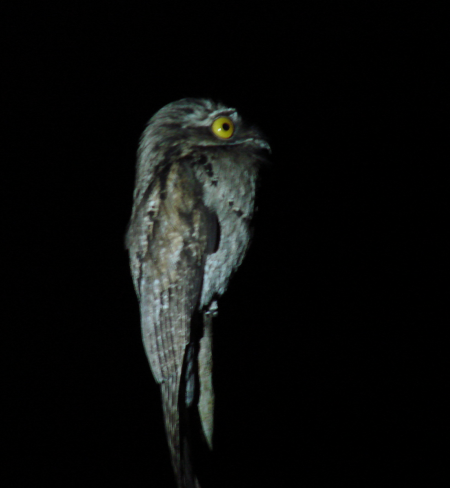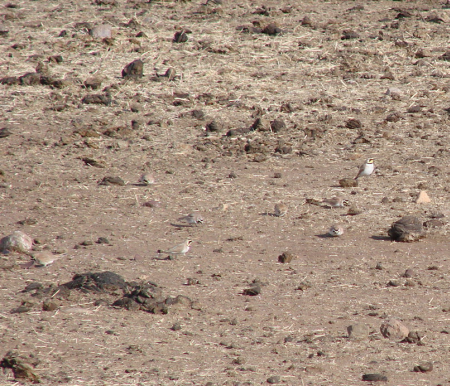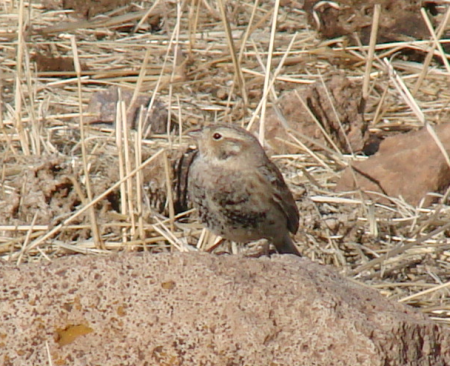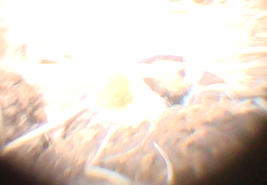It’s here, it’s here, the newest Supplement to the AOU Check-list. No great earth-shattering surprises this time, but a few changes of note to us amateurs.
First, the Bean Geese have been split; the species that has occurred in the 48 contiguous US states is Anser fabalis, the Taiga Bean-Goose (hyphen copyright 2007, AOU Committee on Classification and Nomenclature). I was fortunate enough to be half of the CBC team that discovered Nebraska’s first occurrence of this species in 1984, and was proud (I hope not prideful) to see that exciting record cited in the Supplement.
Yellow-legged Gull Larus michahellis has been split from Larus cachinnans, Caspian Gull; the only records for Yellow-legged Gull sensu novo accepted in the Supplement are from Quebec, Newfoundland, Maryland, and DC.
I was startled to read that Sacred Ibis “seems to be on the way to establishment” in Florida after individuals escaped from zoos after Hurricane Andrew. If poor Florida continues on this path, it will be more like escaping into a zoo.
The really big news, though, for those of us who like to collect odd facts for those cocktail parties I seem never to get invited to (wonder why) is the repositioning of the New World vultures. Remember how much fun it was to point out to new birders that “vultures are really storks”? Well, it turns out that vultures are really vultures, and the family Cathartidae has been returned to the order Falconiformes, though with one of those ominous asterisks indicating “uncertainty as to exact placement.”
My sentiments exactly.

